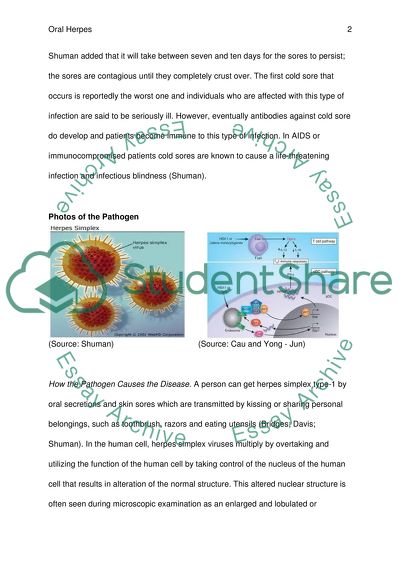Cite this document
(“Oral Herpes Essay Example | Topics and Well Written Essays - 1000 words”, n.d.)
Retrieved from https://studentshare.org/biology/1442667-oral-herpes
Retrieved from https://studentshare.org/biology/1442667-oral-herpes
(Oral Herpes Essay Example | Topics and Well Written Essays - 1000 Words)
https://studentshare.org/biology/1442667-oral-herpes.
https://studentshare.org/biology/1442667-oral-herpes.
“Oral Herpes Essay Example | Topics and Well Written Essays - 1000 Words”, n.d. https://studentshare.org/biology/1442667-oral-herpes.


